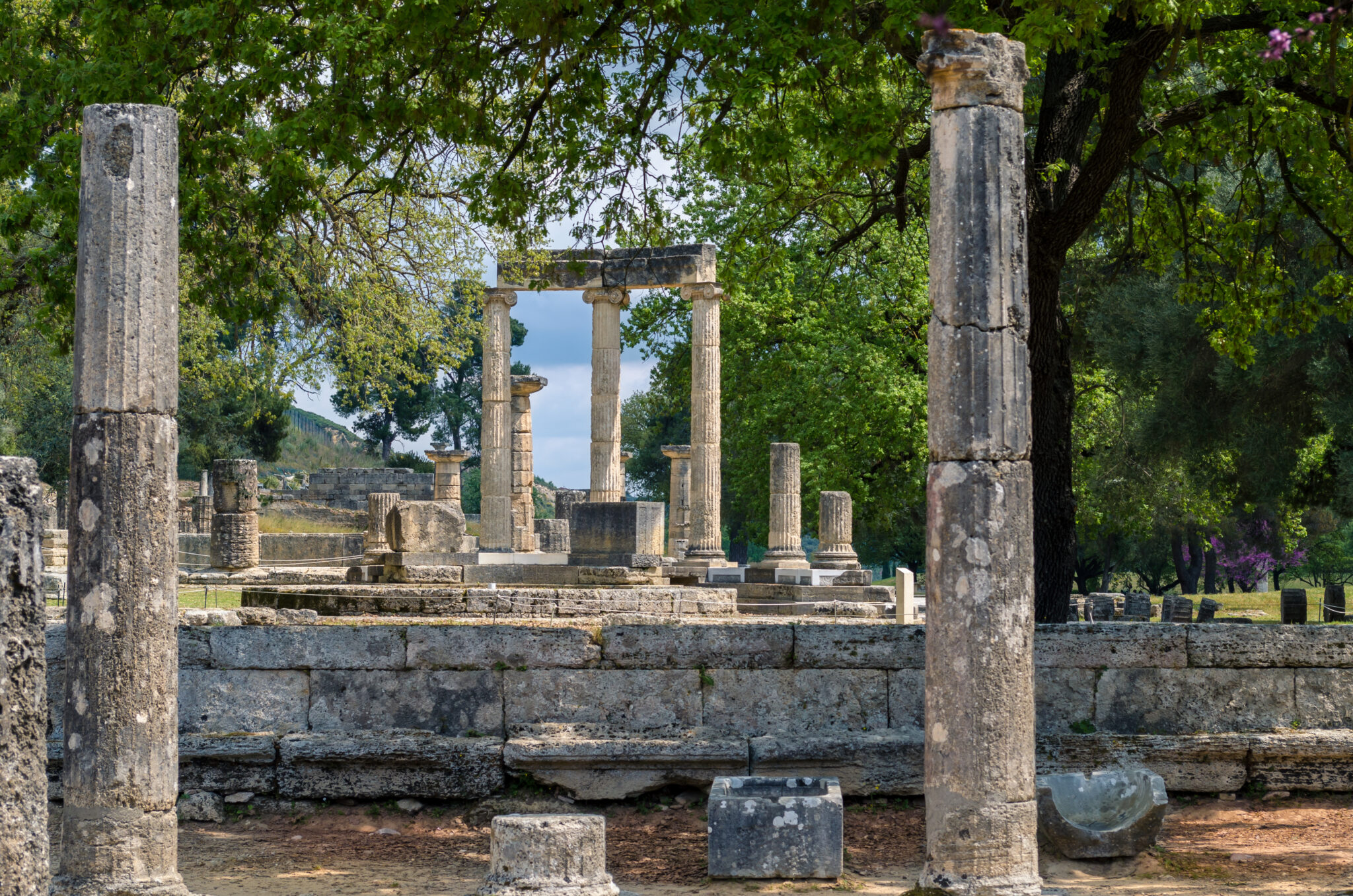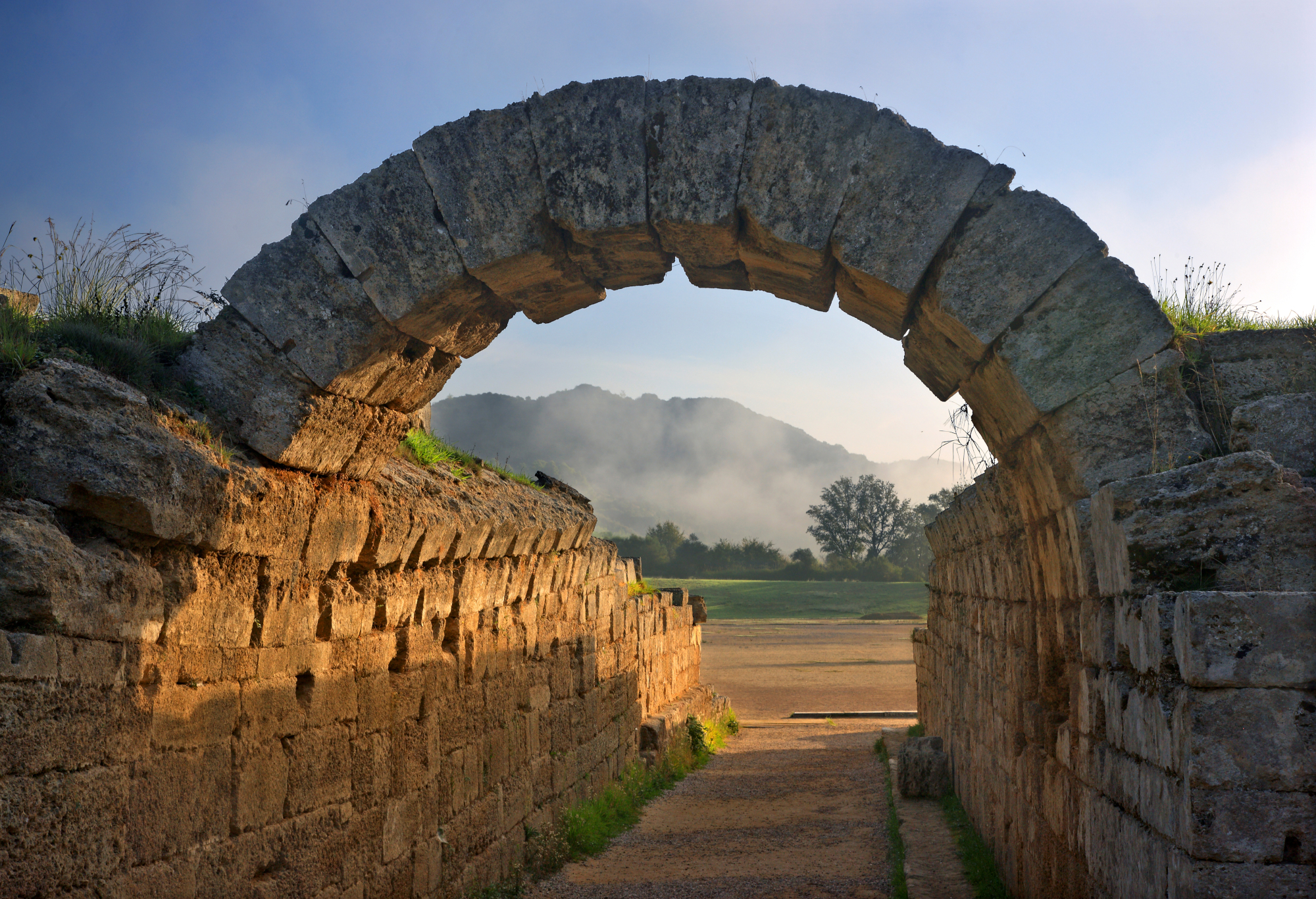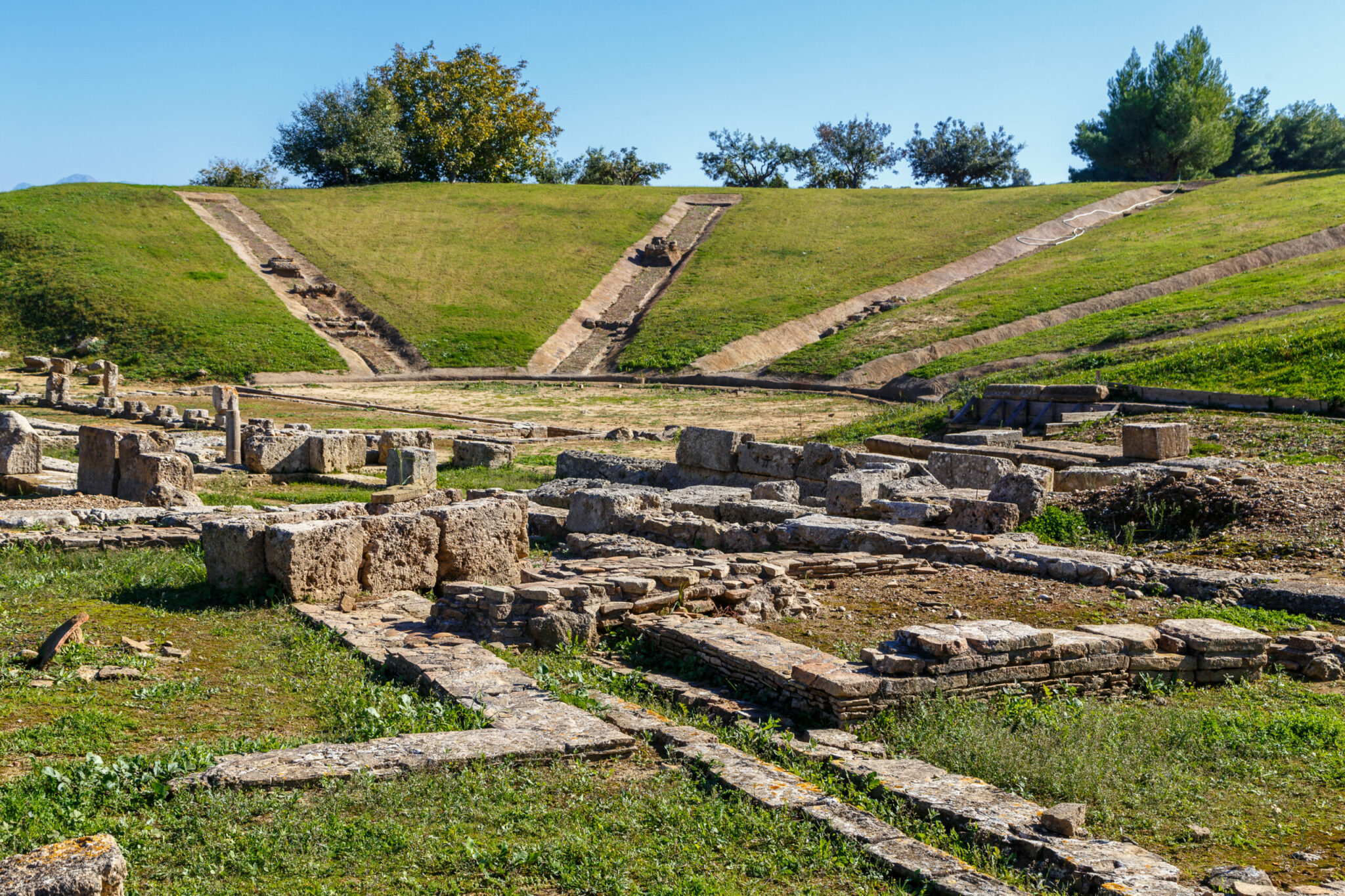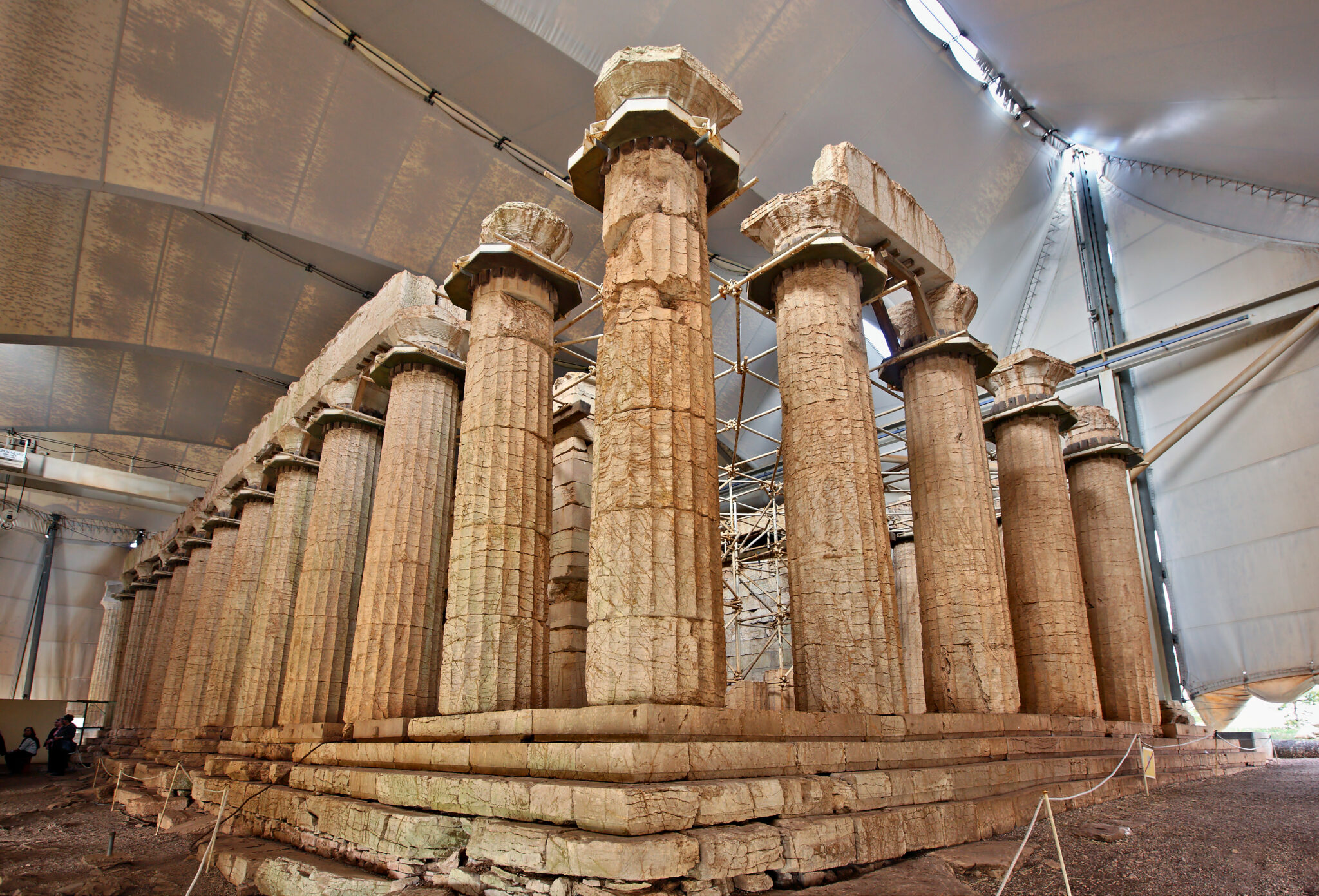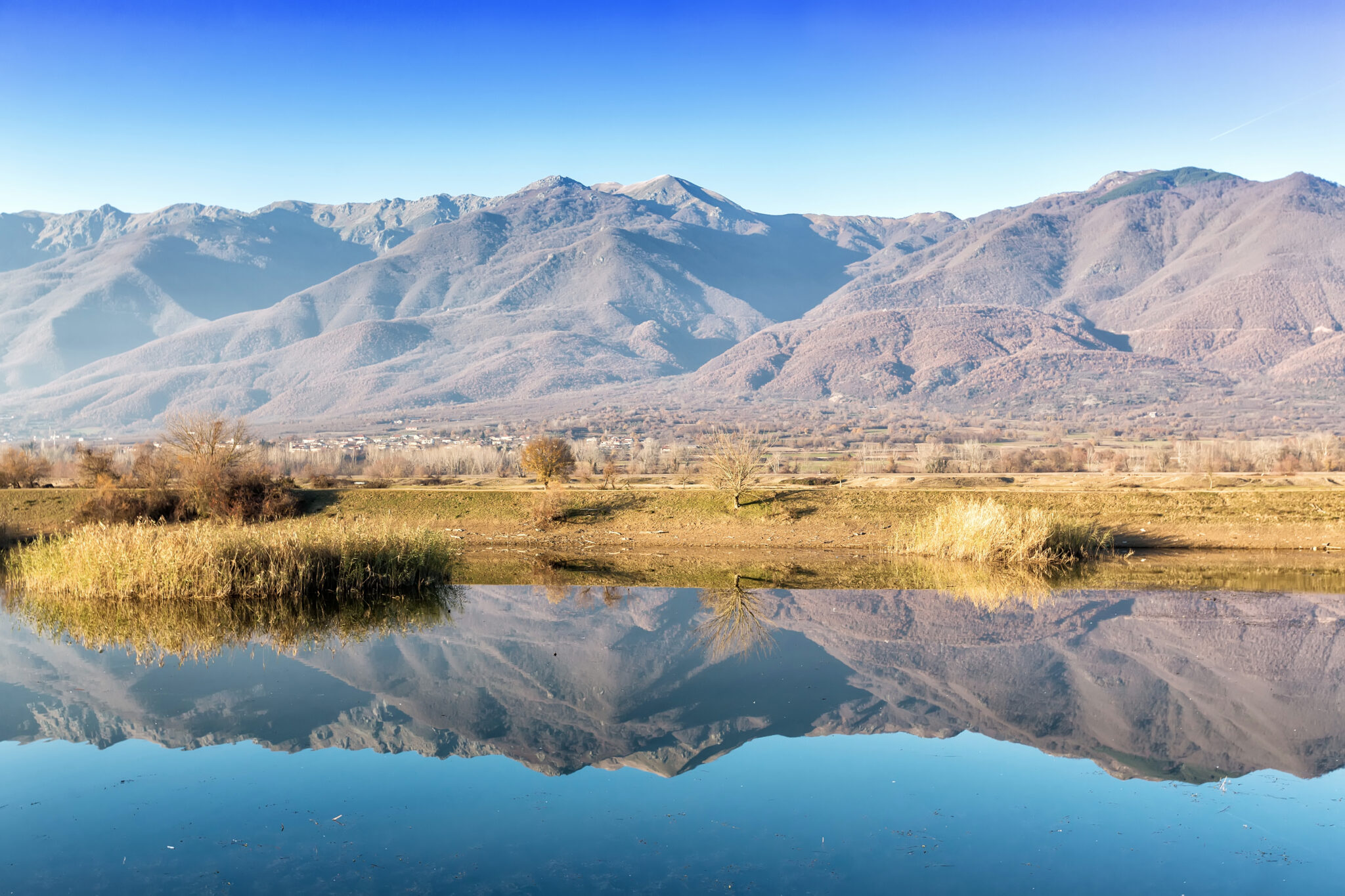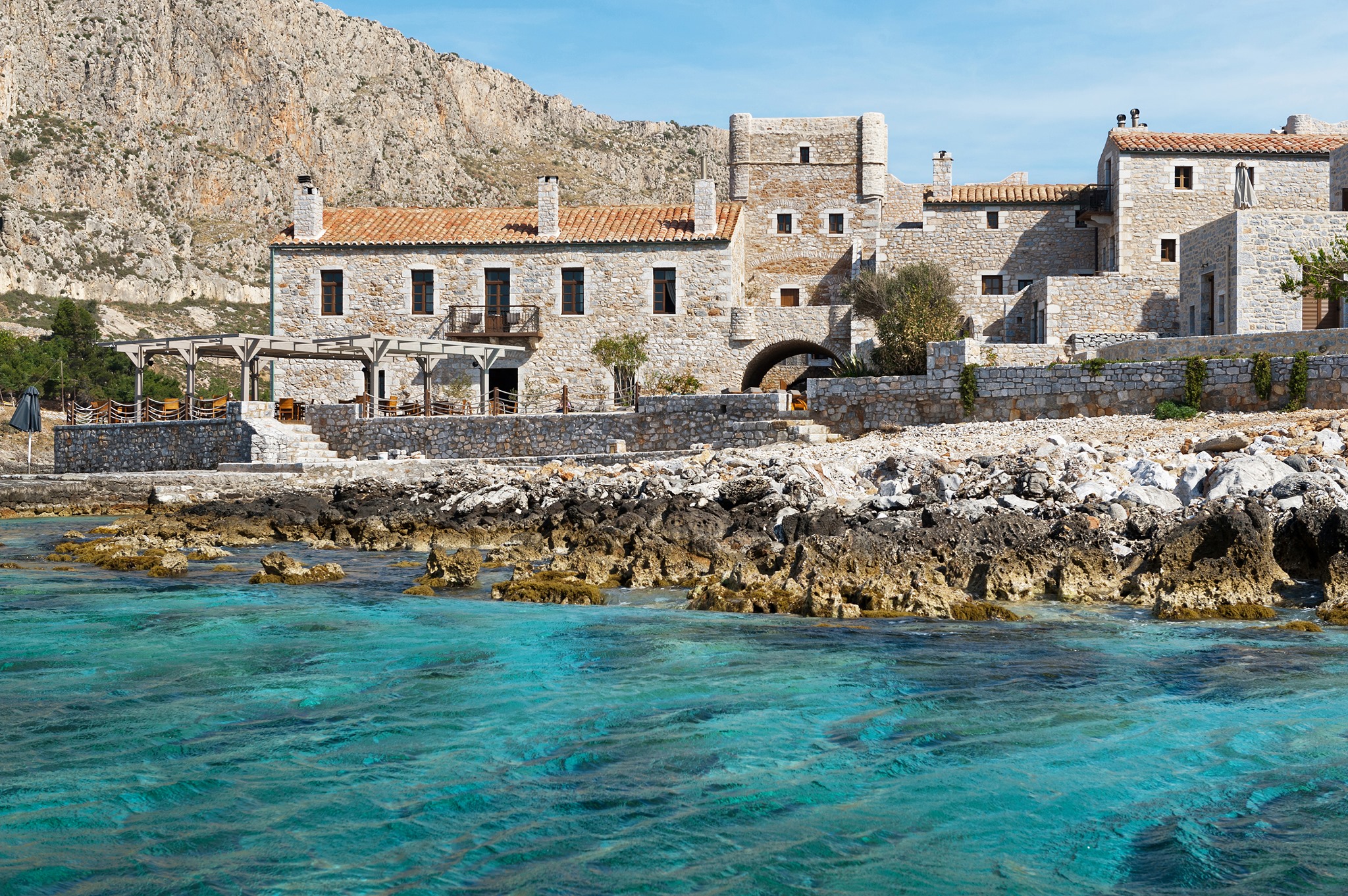Exploring an emblematic corner of Greece, a place where the present meets the past; the beautiful coastline, the lush forests, the fertile valleys, and the steep slopes enhance the reputation of a region that is both diverse and rich. Ancient Olympia, Ancient Elis and the temple of Apollo Epicurius make an ideal autumn and spring destination.
Ancient Olympia – Ancient Elis
Visit to see the playfulness hidden in the great sculpture of Hermes of Praxiteles, to confront perfection in the Temple of Zeus, the quintessential example of Doric temple architecture, to walk the paths that philosophers, artists, and politicians trod, to rest on the slopes of the Stadium of Ancient Olympia. Come to feel the sense that this is where the counting of time began and where the human mind grasped the concept of agreement.
Both Ancient Olympia and the oddly unappreciated Ancient Elis, the permanent host city of the Olympic Games, with its Ancient Theatre, Agora, Sanctuaries and Gymnasiums, define the timeless concept of worship and struggle. In the calm nature of Ilia, Ancient Olympia, unseen in a forest of blossoming Judas trees, and Ancient Elis, hidden by proud oaks, are both always welcoming, fulfilling their promises.
In Ancient Elis
Built on the banks of the River Pinios in semi-mountainous Ilia, Elis was the capital of the city-state of the same name. The area has been settled for thousands of years, with Oxylus the Aetolian being its mythical founder. According to tradition, taking advantage of the Dorian invasion, he subdued the oldest inhabitants of the country and created the first settlement. The city-state thrived in various phases of its history, such as in the early historical years, the 11th and 10th centuries BC, the early classical period (6th -5th centuries BC), as well as during most of the Roman Empire (2nd century BC – early 3rd century AD).
The Peloponnesian War proved to be of major importance for the course of Elis, as the long alliance with Sparta was dissolved with disastrous consequences for the city-state. However, in the beginning of the 1st century BC, it passed into the hands of the Roman state and once again experienced a rise in fortune due to the special privileges that came with its role in the organization and hosting of the Olympic Games.
At the same time, the influences of Roman civilization pushed the city-state to develop a cosmopolitan physiognomy. At the end of the 7th century AD, the city was abandoned, but a human presence continued sporadically in the ruins of the ancient city, as some findings show. The first excavations in the area were carried out in 1910 by the Austrian Archaeological Institute, while in 1960, the excavations were continued by the Archaeological Society of Athens under the direction of Professor N. Yialouris.
Apollo Epicurius. The experience of gratitude
The Parthenon of the Peloponnese, in Bassae, Figaleia, “wedged between the rocks, a rock itself, but a rock over which the spirit has passed”*, is an expression of thanksgiving in the heart of the Arcadian mountains, at an altitude of 1.132m. It was built as a sign of gratitude, by the inhabitants of the region, to the god Apollo, who had assisted them in a plague or in a conflict against the Spartans.
Radical innovations characterise the entire structure – its orientation is towards the north, it is the first appearance of the Corinthian architecture style, while the entrance of the temple is built in such a way that on the day Apollo was celebrated, the first ray of the sun would enter the temple and fall directly on the cult statue of the god that sat in the centre of the temple. In recent years, the temple has been open to visitors but it is covered with a special structure to protect it from heavy rainfall and humidity. This may in a sense limit the imposing nature of the temple, but it has helped considerably in terms of protection.
Nikos Kazantzakis, Report to Greco.
Read also:
An Excursion to Elefsina, the Religious Site of the Ancient Mysteries
Touring Krestena, Ilia’s hidden secret
Peloponnese road trip: 3 days of nature, culture, superb routes



